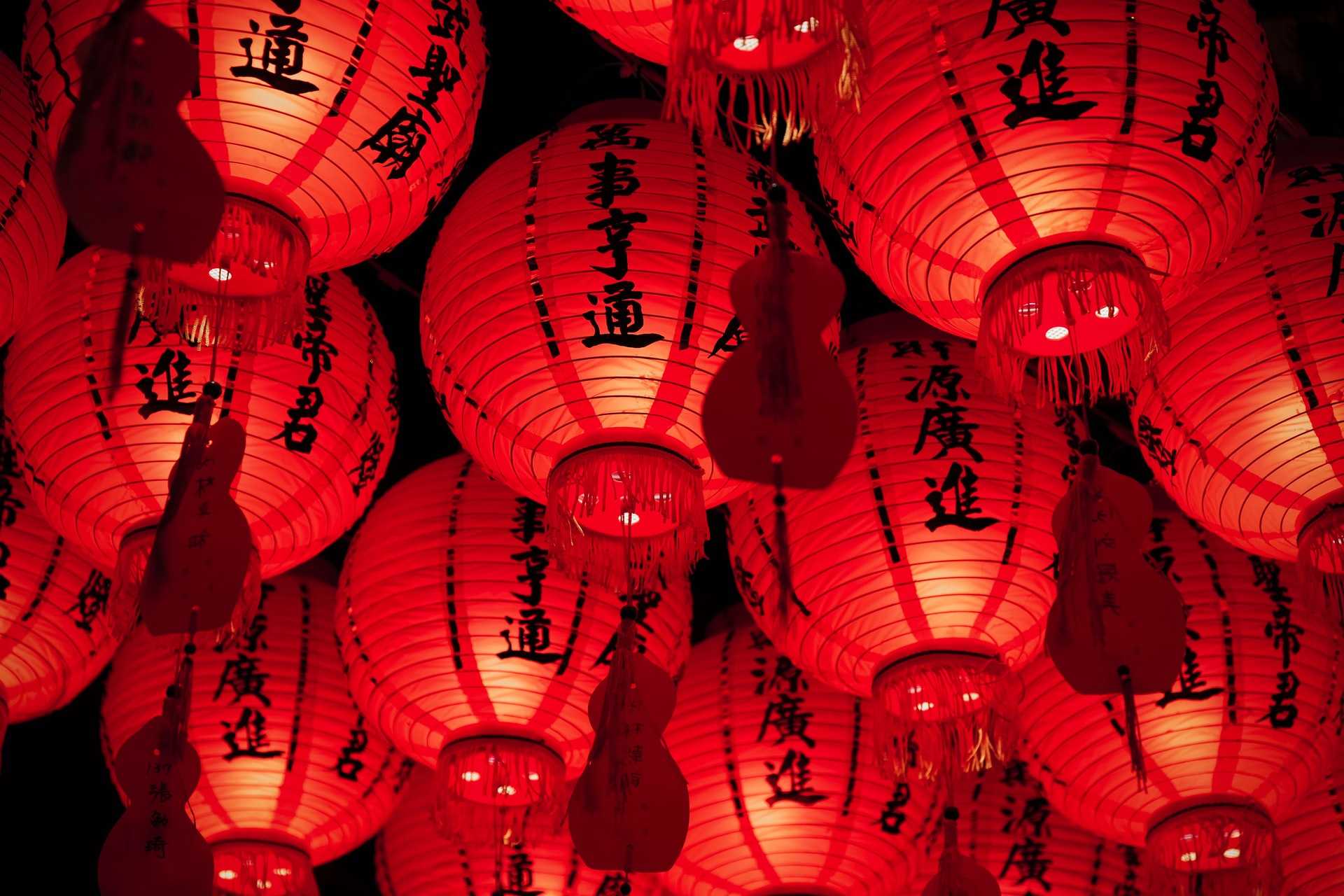Use the navigation buttons below to move forward or backward through the content.
Introduction
The English alphabet has 26 letters. Each represents a specific vowel or consonant sound which combines (and changes) with other letters to form syllables and words. There are also both uppercase and lowercase versions of letters, which make 52 characters you need to know to write or read native English words. Simple enough, especially for us native speakers who grew up singing the ABCs.
| Aa | Bb | Cc | Dd | Ee | Ff |
| Gg | Hh | Ii | Jj | Kk | Ll |
| Mm | Nn | Oo | Pp | Rr | |
| Ss | Tt | Uu | Vv | Ww | Xx |
| Yy | Zz | 0 | 1 | 2 | 3 |
| 4 | 5 | 6 | 7 | 8 | 9 |
So what does the Japanese alphabet look like?
Actually, Japanese has THREE alphabets - called scripts.
71 total characters
71 total characters
Over 2,000 characters are commonly used.
?!?
( ಠ ⏥ ಠ)
That's 2142+ characters needed for proficiency.
Why on earth does Japanese have 3 different alphabets?
Let's look at the history...

Origins of Japanese Writing
The Japanese language is a “language isolate” – meaning it is not known to have “descended” from any other language. Its origin is a mystery. We do know, however, that Japanese originally had no writing system of its own.
Written language was first introduced to Japan by traders from China in the early centuries CE. Coins, seals, and documents carried Classical Chinese logography (writing where each character represents a single word, idea, or concept).
Photo by Henry & Co. on Unsplash

Starting around the 6th century CE, the Japanese began writing official documents in Chinese, and eventually they also used Chinese characters to represent the phonetic sounds of Japanese words. The characters’ complexity made this difficult, so they were simplified into new characters called Kana. The first Kana syllabary (alphabet where each character represents a syllable) was Hiragana, used primarily by women who were denied education and thus couldn’t learn to read Chinese. A second syllabary called Katakana was created by monks and clergy transcribing religious documents.
Modern Japanese uses all three character sets in combination: Hiragana, Katakana, and Kanji – the name given to the logographs borrowed from China. This makes written Japanese one of the most complex writing systems in existence today.
Let's break it down piece by piece. GO TO NEXT LESSON